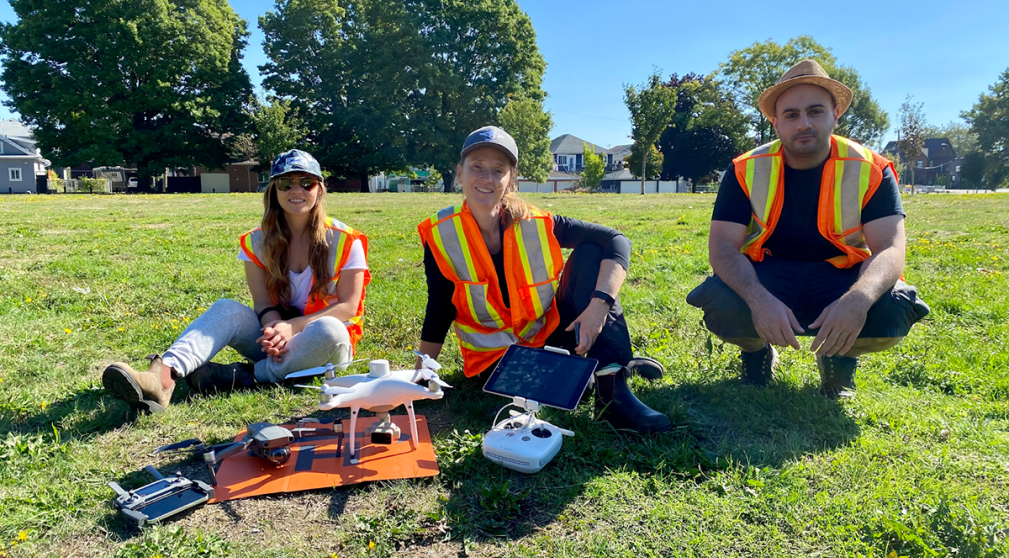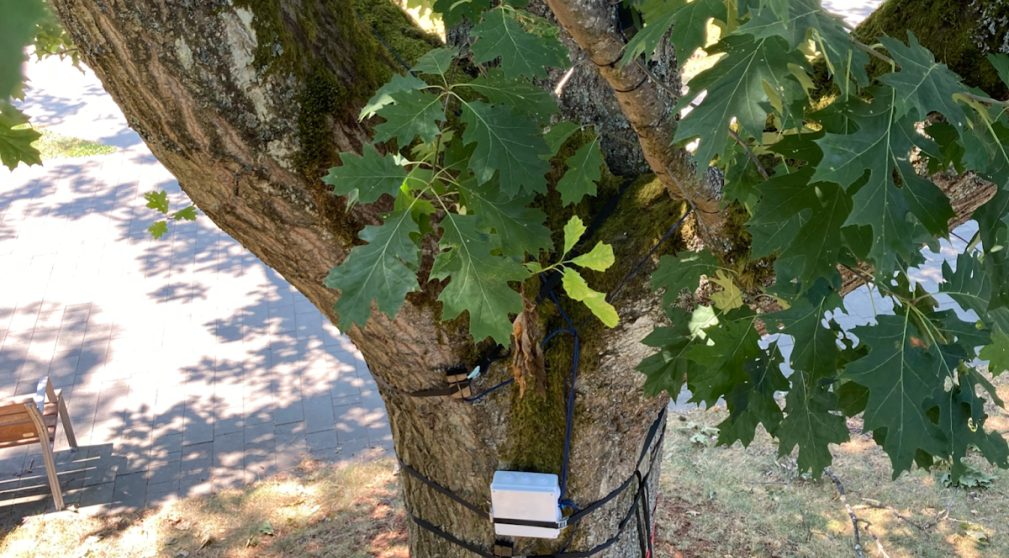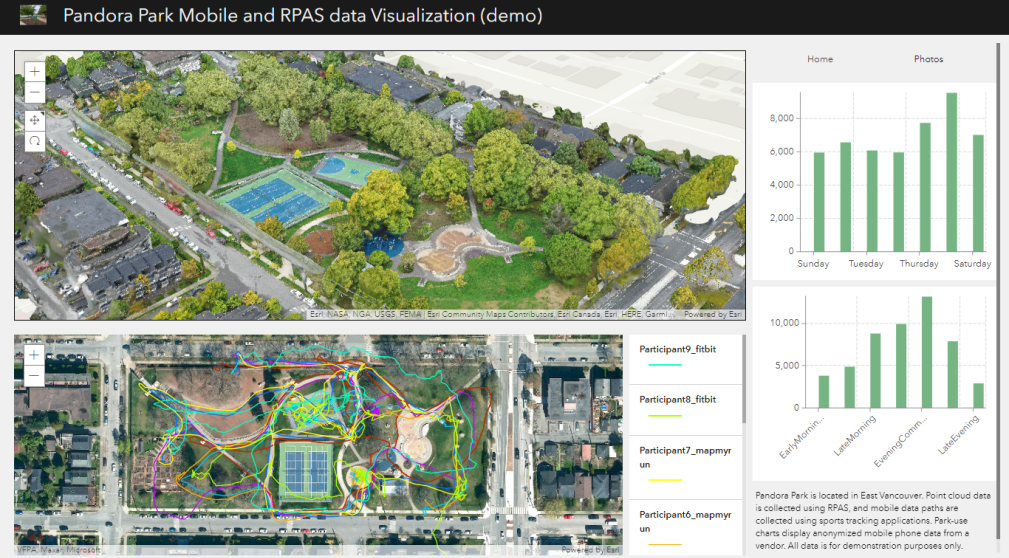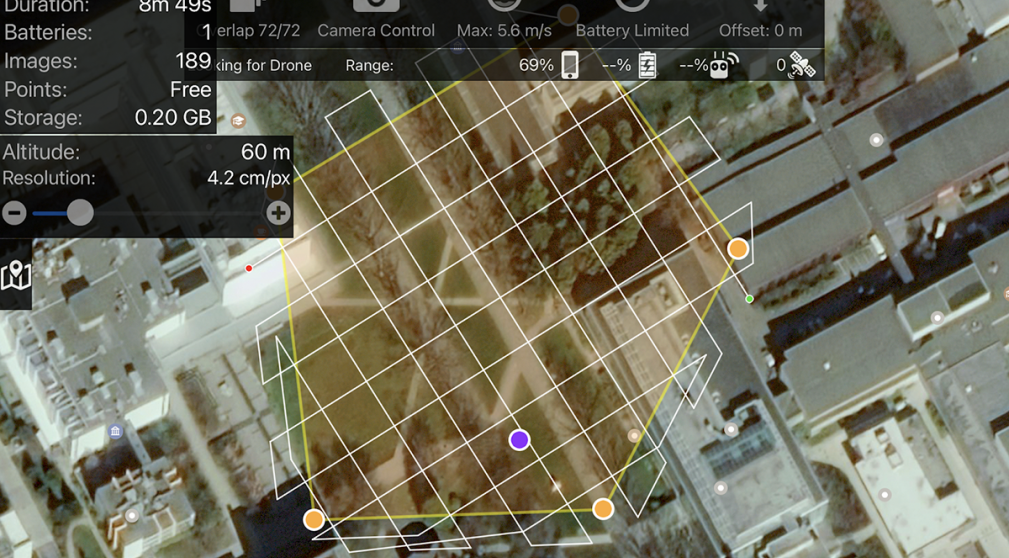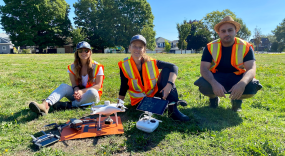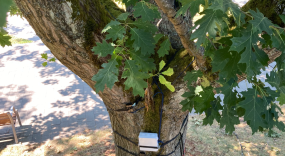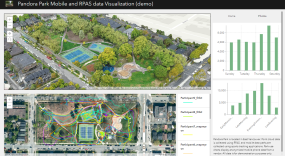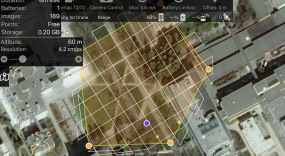5G Data-Driven Natural Asset Management and Integration
The 5G Natural Asset Management and Integration project uses UBC campus to pilot the deployment of smart technologies for the management and planning of natural assets (e.g. trees, ecosystems), in support of healthier, climate resilient and sustainable communities.
Project team
Dr. Lorien Nesbitt, Assistant Professor, Forest Resources Management
Dr. Susan Day, Professor, Forest Resources Management
Dr. Edmond Cretu, Professor, Electrical and Computer Engineering
Dr. Angela Rout, Postdoctoral Fellow, Forest Resources Management
Dr. Ibrahim El-Chami, Postdoctoral Fellow, Electrical and Computer Engineering
Sophie Nitoslawski, PhD Candidate, Forest Resources Management
Johanna Bock, PhD Candidate, Forest Resources Management
Dr. Mike Kennedy, Postdoctoral Fellow, Sauder School of Business
Natural asset and green infrastructure management has been identified as a priority investment area by federal and municipal governments1. Urban natural assets, including urban trees, parks, and woodlands, provide a range of multi-faceted and vital services that improve urban sustainability, resilience, and community wellbeing. These services include improving local air and water quality, tempering effects of heat waves or reducing floodiing, and creating spaces for recreation and social gathering.
Identifying, measuring, monitoring, and valuing natural assets can help managing organizations develop plans to optimize their societal benefits and ensure appropriate care taking, as well as saving costs and mitigating risks. Unfortunately, natural asset management is often under-funded and under-staffed.
Research indicates that access to urban green spaces is not equitably distributed, with low-income and racialized neighborhoods often having less access to parkland, exacerbating disparities in urban resilience and health outcomes2. The 5G Natural Asset Management and Integration project is part of a UBC-Rogers research partnership that leverages the 5G network on the Vancouver Campus as a living lab to explore and test next generation wireless technologies.
The goal of the project is to develop new techniques and tools to identify, understand, and value the diversity of natural assets as well as the benefits they provide. The project: i) collects data on campus natural assets themselves through a sensor and drone network platform interfaced with the 5G network; and ii) collects anonymous mobile and survey-based data on the use of these natural assets, providing insights on community behaviors.
Researchers are developing computer programs and protocols to draw connections between the information collected on natural assets and usage by the campus community, which can inform future planning and decision making.
This Campus as a Living Lab project pilots the development of software systems and technologies that leverage the capabilities of a 5G wireless network, as well as an approach to integrating information on human behaviour and natural features.
The information can support changes in natural asset planning and management practices for landowners and caretakers such as UBC. The techniques can also be deployed in other sectors and areas, such as remote and hard to reach landscapes, advancing ecosystem management strategies across Canada.
____________________
1Natural assets bolster climate resilience|fcm.ca
